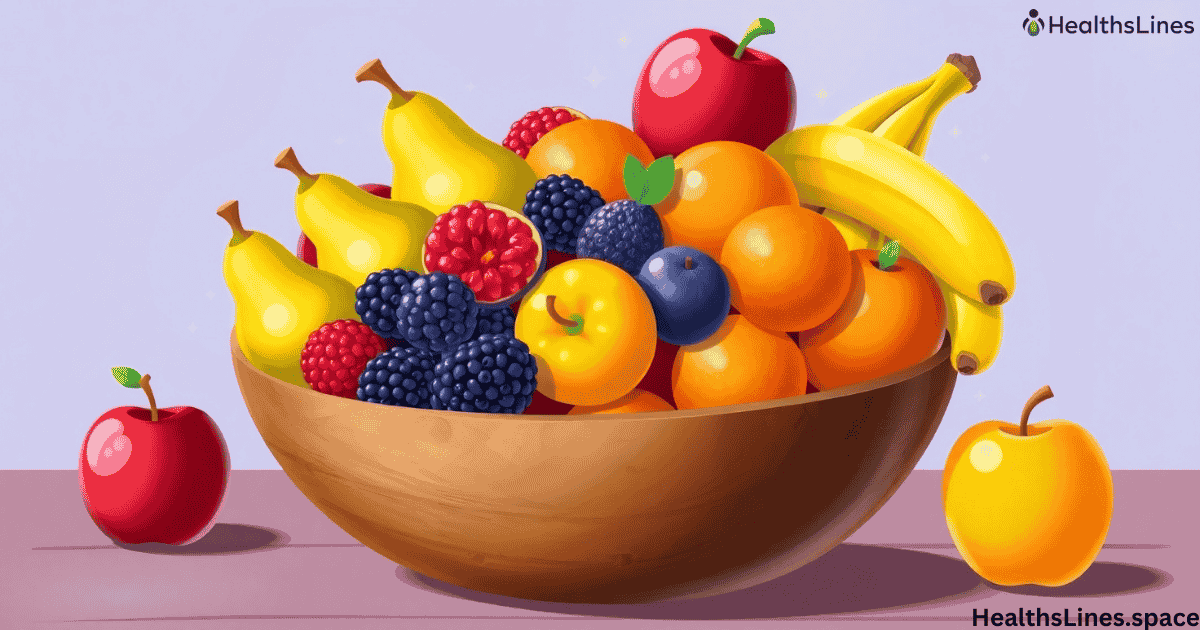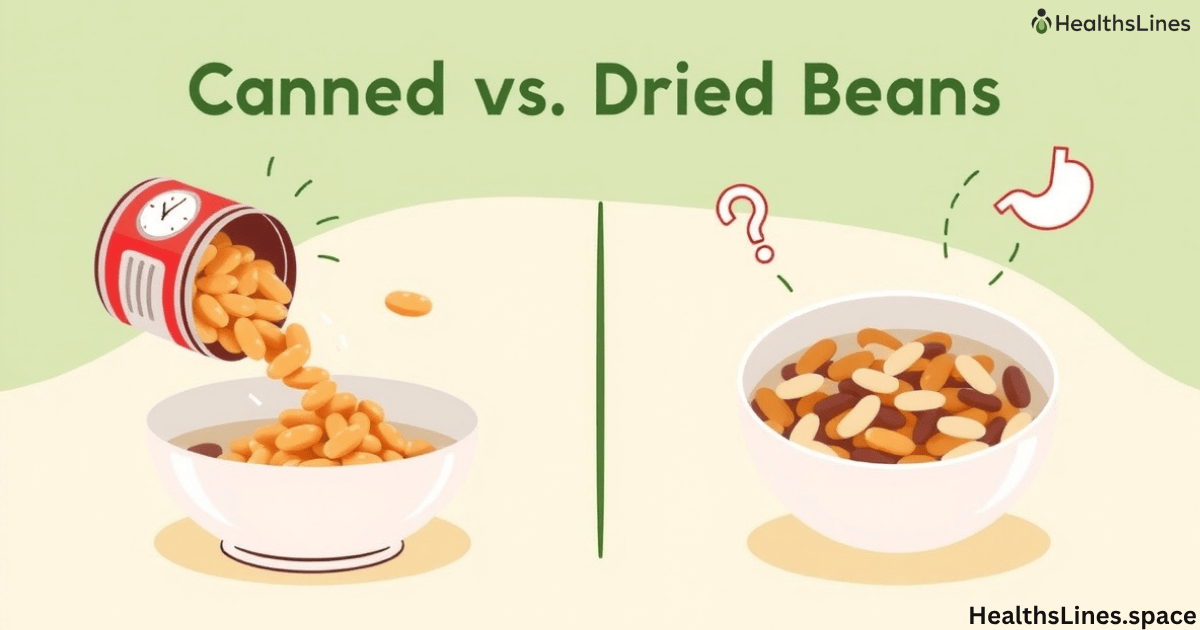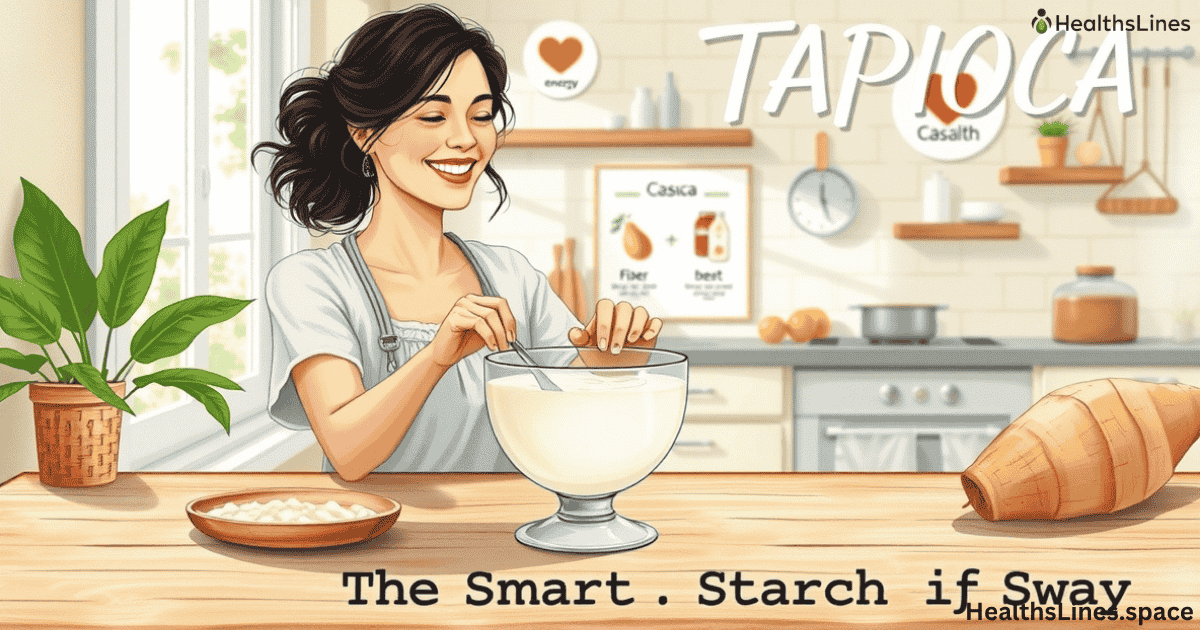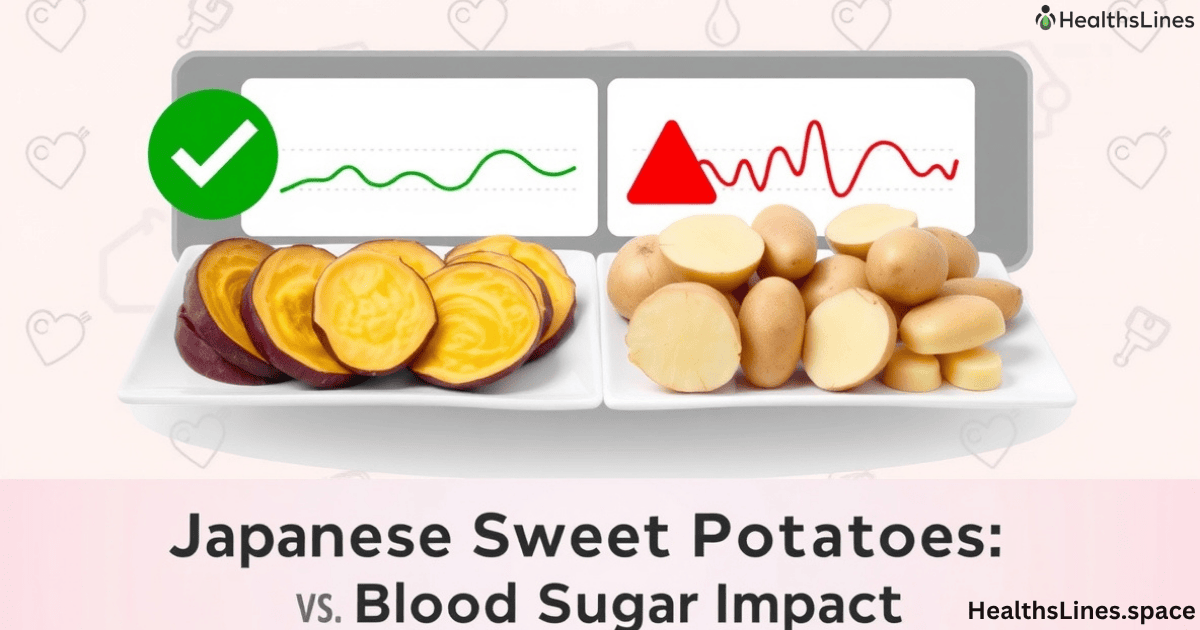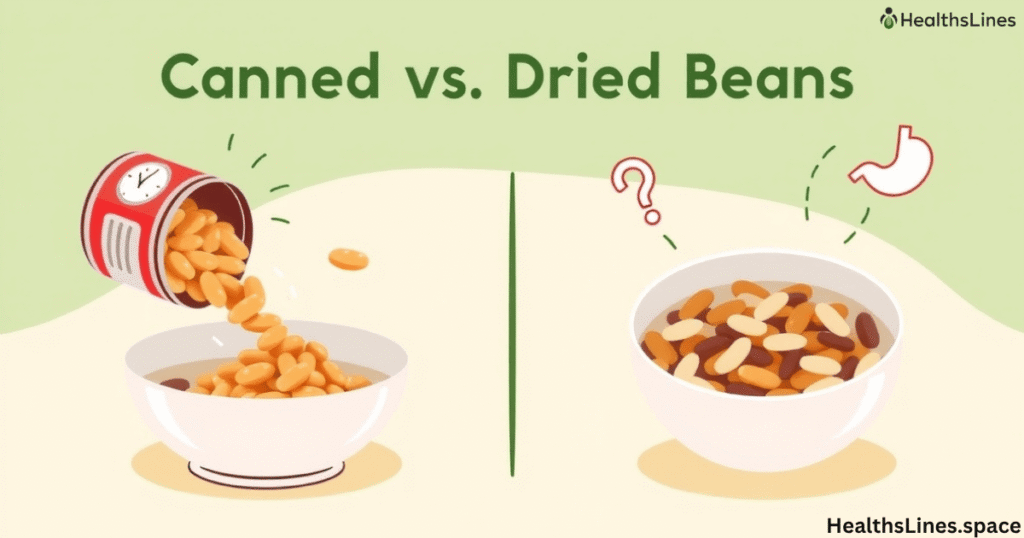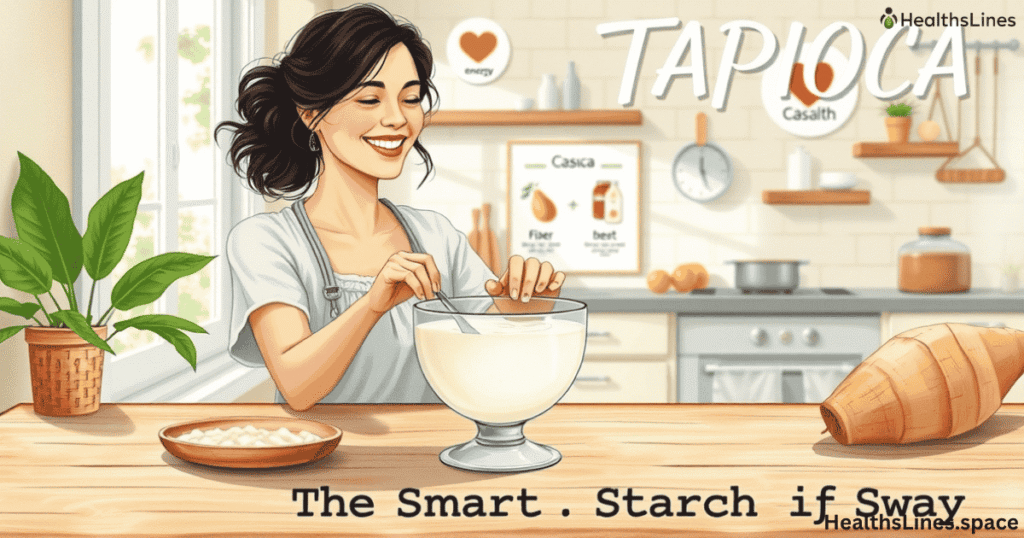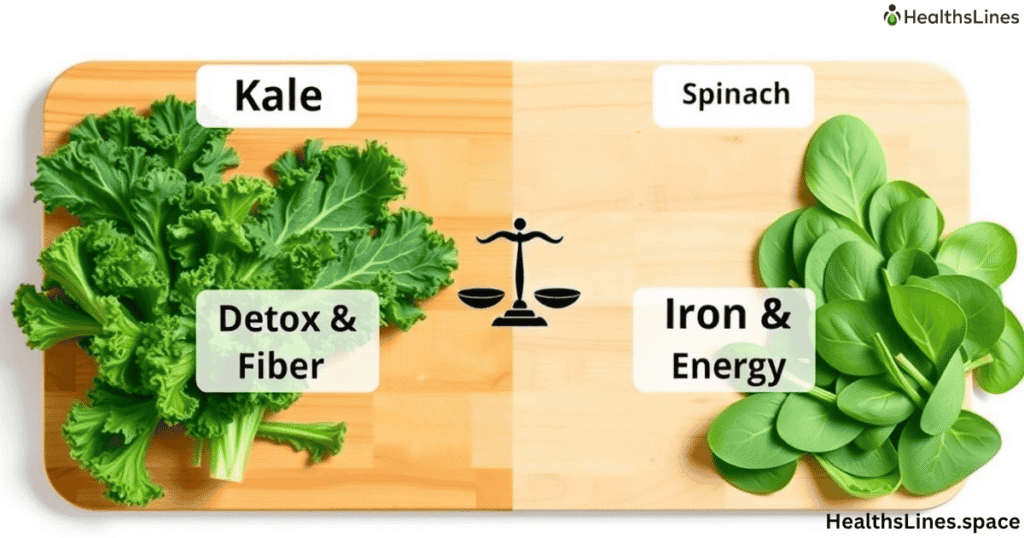Introduction
Most people think of apples when they hear the word fiber. The saying “an apple a day keeps the doctor away” made apples famous. While apples are healthy, they are not the best source of fiber. A medium apple has about 4 grams of fiber. That’s good, but not the best. There are actually 9 fruits that have more fiber than an apple, and each gives your body even more benefits Fiber Fruits That Outshine Apples.
High-fiber fruits are important for your health. They help you digest food, keep your heart strong, and make you feel full after eating. Fiber also balances blood sugar, lowers cholesterol, and feeds the good bacteria in your gut. Experts like the USDA say eating more fiber-rich fruits can lower your risk of heart disease, diabetes, and obesity. Let’s look at the best fruits for gut health that beat apples when it comes to fiber.
Passion Fruit: Tiny Seeds, Huge Fiber Power
Passion fruit is small but very powerful. One hundred grams of passion fruit has about 11 grams of fiber. That’s more than four times the fiber in an apple. Most of the fiber is in the seeds, which are crunchy and edible. This makes it one of the best fruits higher in fiber than apple.
Passion fruit gives both soluble and insoluble fiber. Soluble fiber lowers cholesterol and helps with blood sugar. Insoluble fiber keeps your digestive system moving and prevents constipation. Passion fruit is also rich in vitamin C and plant compounds that fight swelling in the body. You can eat it fresh with a spoon or add it to yogurt, salads, or smoothies. It’s one of the best high-fiber diet fruits for gut-friendly meals.
Guava: Tropical Fruit With More Than Double Apple’s Fiber
Guava is another tropical fruit that beats the apple. A medium guava has about 5 grams of fiber, which is more than most apples. It is also one of the top fruits rich in vitamin C, giving you almost four times the vitamin C of an orange. That means guava helps your immune system and your digestion at the same time.
The guava fiber is found in both the skin and the seeds, so it is best to eat guava without peeling it. Guava also helps balance blood sugar, making it a good choice for people with diabetes. Studies show that eating guava may lower cholesterol and improve heart health. You can enjoy guava raw, make juice, or slice it into salads. It is one of the most powerful fiber-rich fruits you can eat daily.
Raspberries: Berry-Sized Fiber Giants
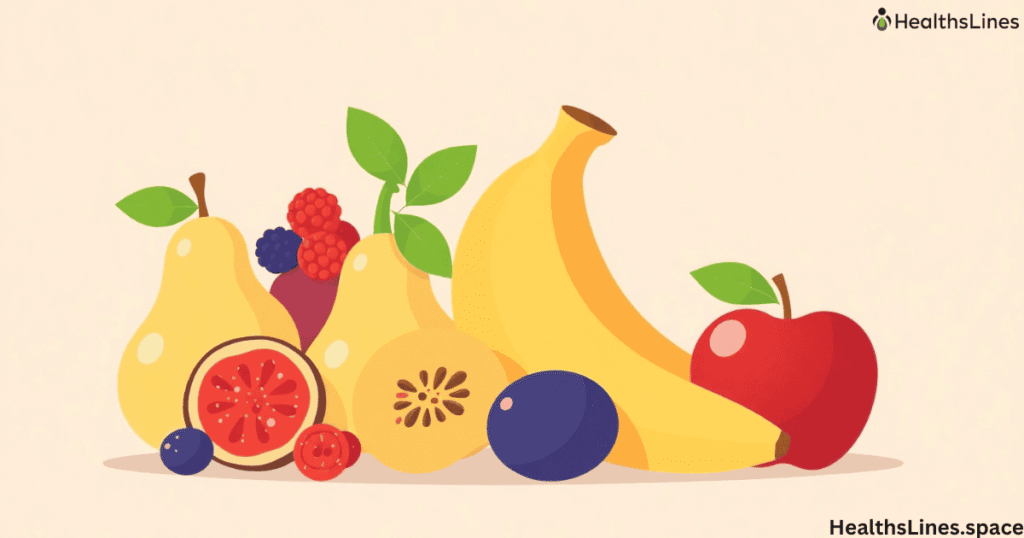
Raspberries may look soft, but they are full of fiber. One cup of raspberries has about 8 grams of fiber, almost twice the fiber of an apple. They are one of the top fruits with more fiber than apples and great for constipation relief.
The raspberries fiber content includes both soluble and insoluble fiber, so they help your digestion in different ways. Raspberries are also packed with antioxidants, which fight cell damage. Their bright red color comes from anthocyanins, which protect your body from diseases. Since they are sweet but low in sugar, raspberries are excellent fruits for blood sugar balance. Many people enjoy them in smoothies, yogurt, or oatmeal for a high-fiber breakfast fruit.
Blackberries: Sweet and Fiber-Rich
Blackberries are another berry that beats apples in fiber. One cup of blackberries has about 7 grams of fiber. That makes them one of the best fiber-rich fruits and a top pick for people trying to lose weight.
Blackberries are also full of vitamins, especially vitamin K and C, which keep your bones and immune system strong. The blackberries fiber feeds good bacteria in the gut, improving digestion. Their deep purple color comes from anthocyanins, which lower cholesterol and protect the heart. You can snack on them fresh or add them to salads, desserts, and smoothies. They are also one of the tastiest high-fiber fruit snacks.
Wild Blueberries: Small but Mighty in Fiber and Antioxidants
Wild blueberries are smaller than regular blueberries, but they are more powerful. A cup of wild blueberries has about 6 grams of fiber, more than apples. They are also very high in antioxidants in fruits, which protect the brain and fight swelling in the body.
Wild blueberries are low in sugar but high in fiber, making them one of the best fruits for diabetes management and fruits for weight management. Frozen wild blueberries are easy to find and keep their nutrition. You can add them to pancakes, smoothies, or even sauces. They are a smart way to reach your daily fiber intake while protecting your body from disease.
Pears: Juicy Fruits With Hidden Fiber in the Skin
Pears are classic high-fiber diet fruits. A medium pear has about 6 grams of fiber, much more than an apple. Most of this fiber comes from the skin. The pear fiber in skin is a mix of soluble and insoluble fiber, which keeps your digestive system running smoothly and helps lower cholesterol.
Pears are also high in water, which makes them juicy and hydrating. Their soft texture makes them easy to eat for kids and older adults. They are also one of the best fruits for constipation relief, especially when eaten raw with the skin. You can enjoy pears as snacks, bake them, or add them to salads. They are one of the most versatile fiber-rich fruits available.
Kiwi: Small Fruit, Big Digestive Benefits
Kiwi is a small fruit with big benefits. A single kiwi gives around 2.5 grams of fiber. Eating two or three kiwis gives you more fiber than an apple. Kiwi also has a natural enzyme called actinidin, which helps break down protein and improves digestion.
Along with kiwi digestive benefits, it is rich in vitamin C, K, and potassium. Eating kiwi regularly can improve gut function and reduce constipation. Some people eat it with the skin, which increases the fiber even more. Kiwi is also low in sugar, which makes it one of the best fruits for blood sugar balance.
Grapefruit: Tangy Citrus With Extra Fiber
Grapefruit is not only refreshing but also full of fiber. One grapefruit gives about 4 grams of fiber, similar to an apple, but with extra water content that supports digestion. The mix of fiber and water makes it one of the best fruits for weight management.
There is one important note: grapefruit can interact with some medications, especially for blood pressure and cholesterol. This grapefruit and medication interaction means you should talk to your doctor if you take these medicines. For those who can eat it safely, grapefruit is a top fiber-rich fruit that supports the heart and keeps you full longer.
Avocado: Creamy Fruit Packed With Fiber and Healthy Fats
Avocado is one of the strongest fruits higher in fiber than apple. A medium avocado has about 10 grams of fiber, which is more than twice the fiber of an apple. It also has healthy fats, which lower bad cholesterol and support the heart.
The mix of avocado fiber and healthy fats makes this fruit very filling. That means it helps with weight management and keeps you satisfied for hours. Avocado has very little sugar, making it safe for people with diabetes. You can enjoy avocado on toast, in salads, or as guacamole. Eating avocado often improves gut health, digestion, and heart health.
Benefits of Choosing Fiber-Rich Fruits Over Apples
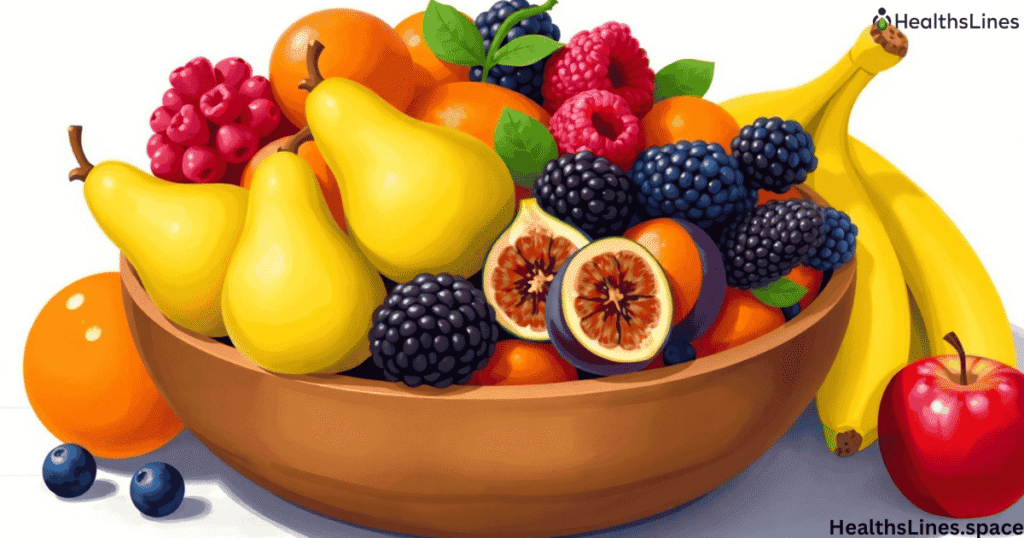
Eating fruits higher in fiber than apple has many benefits. They keep your stomach healthy by improving bowel movements. They lower cholesterol and balance blood sugar. They also feed the good bacteria in your gut, which helps your body fight diseases.
Another benefit is that high-fiber fruits keep you full longer. This helps people lose weight or stop overeating. Case studies show that people who replace snacks like chips with high-fiber fruit snacks lose more weight and have better digestion. Eating a mix of fruits gives you different kinds of fiber and nutrients, which is better than eating the same fruit every day.
How to Add More High-Fiber Fruits Into Your Diet
It is easy to add these fruits for daily fiber intake. Instead of an apple, eat a pear or a handful of raspberries. At breakfast, make a smoothie with fiber-rich fruits like avocado, kiwi, and wild blueberries. At lunch, add slices of guava or grapefruit to your salad. At dinner, use passion fruit as dressing or enjoy avocado with your meal.
Here is a table comparing the fiber content in fruits:
| Fruit | Fiber per 100g | Fiber vs Apple |
| Apple | 2.4 g | — |
| Passion Fruit | 10.4 g | 4x more |
| Guava | 5.4 g | 2x more |
| Raspberries | 6.5 g | 3x more |
| Blackberries | 5.3 g | 2x more |
| Wild Blueberries | 5.5 g | 2x more |
| Pear | 3.1 g (skin on) | 1.5x more |
| Kiwi | 3 g | Slightly more |
| Grapefruit | 2.5 g | Similar |
| Avocado | 6.7 g | 3x more |
This chart shows that apples are healthy but not the richest in fiber. Eating a mix of these high-fiber diet fruits helps you reach your daily goal and supports long-term health.
Conclusion
Apples are good, but there are many fruits with more fiber than apples. Passion fruit, guava, raspberries, blackberries, wild blueberries, pears, kiwi, grapefruit, and avocado are better choices for fiber. These fruits not only improve digestion but also help with weight control, cholesterol, blood sugar, and heart health.
Eating different fiber-rich fruits is the best way to keep your body strong and your gut healthy. Replacing your apple with guava, raspberries, or avocado can give you more fiber and better nutrition. These simple swaps make a big difference in your health over time.
